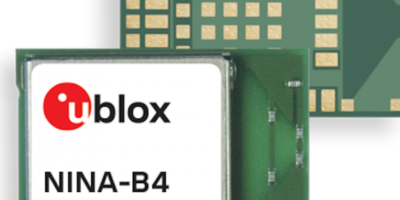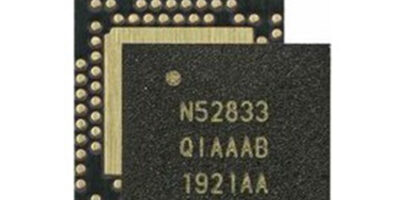At Trustech 2019 (26 to 28 November) Infineon is exhibiting its hardware-based security for digital identification and contactless payment.
Firstly, it will be showcasing Secora ID, a Java Card solution optimised for electronic ID. Based on Infineon’s security controllers, Secora ID comes with an operating system targeted to be certified according to highest security standards, standardised applets and a selection of packages. There will be a live demonstration showing how easily it can be integrated into ID projects and adapted to local needs.
For contactless payment systems, Infineon’s new generation of SLC3x security chips are based on a 40nm geometry which provides performance and scalability for a vast array of smart card applications as well as payment wearables. Smart card manufacturers and payment solution providers will benefit from an Arm-based architecture, Infineon’s contactless expertise, creating what Infineon describes as the industry’s most advanced security controller portfolio.
Biometric authentication for drivers is also featured. Infineon and Next have been working on reference platforms since November 2018, working together to accelerate the adoption of biometric smartcards. Next Biometrics’ fingerprint sensor technology for dual interface smart cards uses a secure element from Infineon. The biometric card module developed by Next operates seamlessly throughout the standard ISO/IEC 14443 near field communication (NFC) range.
Smart ticketing will also be represented with Infineon’s standardised ticket and payment solutions. This includes limited use tickets over seasonal and yearly passes to sophisticated versions for multi-application implementations. Infineon has recently become a gold member of the Calypso Network Association (CNA) and been named member of the board of directors of the CAN, underling the company’s commitment to provide a comprehensive transport ticketing portfolio based on open standards.
Infineon will be exhibiting and demonstrating its security products at Trustech 2019 in Cannes, France from 26 to 28 November, booth RIV C 050.
The company will also be presenting on topics such as “Security by Design” or “JAVA Card”.







